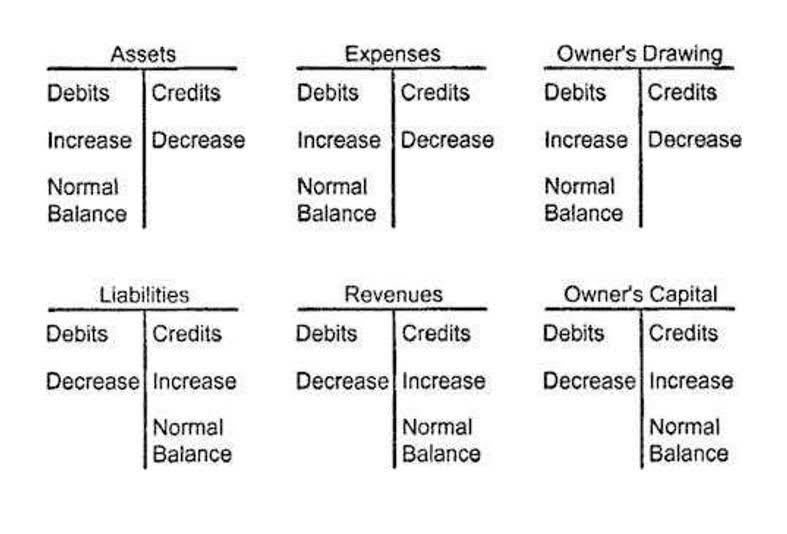
Once you have the values for the inventory conversion period, average payment period, and accounts receivable collection period, add the inventory conversion period to the accounts receivable collection period. Then, subtract the average payment period from gross vs net the total obtained in the previous step. In parallel to receiving payments from customers, companies also have to manage accounts payable. This involves paying suppliers for raw materials or services received, ensuring a continuous flow of resources for operations. The operating cycle is calculated by adding the inventory period (time taken to sell the inventory) and the accounts receivable period (time taken to collect payment after a credit sale). Conversely, a longer operating cycle can signal potential inefficiencies within operations.
What does a longer or shorter operating cycle indicate?

For the most part, a shorter working capital cycle is perceived positively as a sign of operational efficiency, and vice versa for a longer cycle. The working capital cycle matters because the change in net working capital (NWC) impacts a company’s free cash flow (FCF) profile and liquidity. The working capital cycle monitors the operational efficiency and near-term liquidity risk of a given company. The Working Capital Cycle measures the efficiency at which a company can convert its current operating assets into cash on hand. The target number of days for the CCC differs substantially by the industry the company operates within and the nature of products/services sold (e.g., purchase frequency, order volume, seasonality, cyclicality). After calculating all the above three inventory related ratios, the inventory days of a business can be calculated.
- It also assumes that all inventory is sold, which may not account for obsolete or unsold stock.
- A longer DPO indicates that you are retaining cash for a more extended period, which can be advantageous for working capital management.
- This might indicate that inventory is sitting unsold for extended periods or that the collection of payments from customers is slow.
- If the suppliers of the business offer the business strict credit terms and a shorter credit repayment period, then the payable days of the business will be affected.
- The formula for the Operating Cycle is the Inventory Period added to the Accounts Receivable Period.
- An operating cycle is the time needed to convert sales into cash after converting the resources into inventories.
Streamline Processes:

It’s important as it provides insights into a company’s liquidity, efficiency, and working capital management. An increased operating cycle can result from slower inventory turnover, longer times to collect payments from customers, or delays in paying suppliers. Issues like production delays, excess stock, or lenient credit terms can all contribute to a longer cycle, affecting cash Oil And Gas Accounting flow. Two of the most common and useful metrics are the operating cycle and the cash conversion cycle. These metrics help to evaluate how efficiently a business manages its working capital, which is the difference between its current assets and current liabilities. Working capital is the amount of money that a business needs to fund its day-to-day operations, such as purchasing inventory, paying suppliers, collecting receivables, and meeting payroll.

Key Consideration: Operating Cycle vs. Cash Cycle
The shorter Cash cycle indicates that the company recovers its investments quicker and hence has less cash tied up in working capital. However, OC varies across industries, sometimes extending to more than a year for some sectors, for example, shipbuilding companies. In contrast, an operating cycle assesses the effectiveness of the operations, yet they are both beneficial and offer essential knowledge.
- Companies use these materials to manufacture products or provide services to customers.
- Having shorter operating cycles help banks remain intact in their operations to collect and grow their assets.
- For instance, if a company has a COGS of $1,500,000 and an Average Inventory of $200,000, its Inventory Turnover would be 7.5 times ($1,500,000 / $200,000).
- While paying suppliers on time is a good habit, paying too early should be avoided.
- Some businesses may also choose to pay their payables before a specified time to avail early settlement discounts offered by suppliers or to ensure a healthy relationship with suppliers is maintained.
What Affects the Cash Conversion Cycle?
This means you have more money to spend on the finance and marketing department which may be able to generate much more revenue. There are a few reasons why calculating this formula can benefit your business. Since technology is not going anywhere and does more good than harm, adapting is the best course of action. We plan to cover the PreK-12 and Higher Education EdTech sectors and provide our readers with the latest news and opinion on the subject.
By streamlining the accounts payable process, businesses can enhance cash flow, maintain good relationships with suppliers, and improve overall financial efficiency. Understanding the components of an operating cycle is crucial for both job seekers and employers in today’s competitive market. The operating cycle represents the time it takes for a company to purchase inventory, convert it into products or services, sell those products or services, and receive cash from customers.
Reduce bad debt
- HighRadius stands out as an IDC MarketScape Leader for AR Automation Software, serving both large and midsized businesses.
- It can also shed some light on whether your business is efficient and if yes then by what margin.
- They subtract accounts payable time by the net operating cycle, which causes a variance between the two calculations.
- After completion, an invoice is raised, and the client may take another 30–60 days to pay.
- If cash is easily available at regular intervals, a company can churn out more sales for profits, as the availability of capital leads to more products to make and sell.
The cash operating cycle how to calculate operating cycle of a business is the time it takes the business from its payment of purchase of raw material to the time cash is received from their sale. The cash operating cycle concept is of working capital is an indicator of the working capital management of a business. This concept can be used to improve the efficiency of a business or as a cash flow management tool, among other things.
